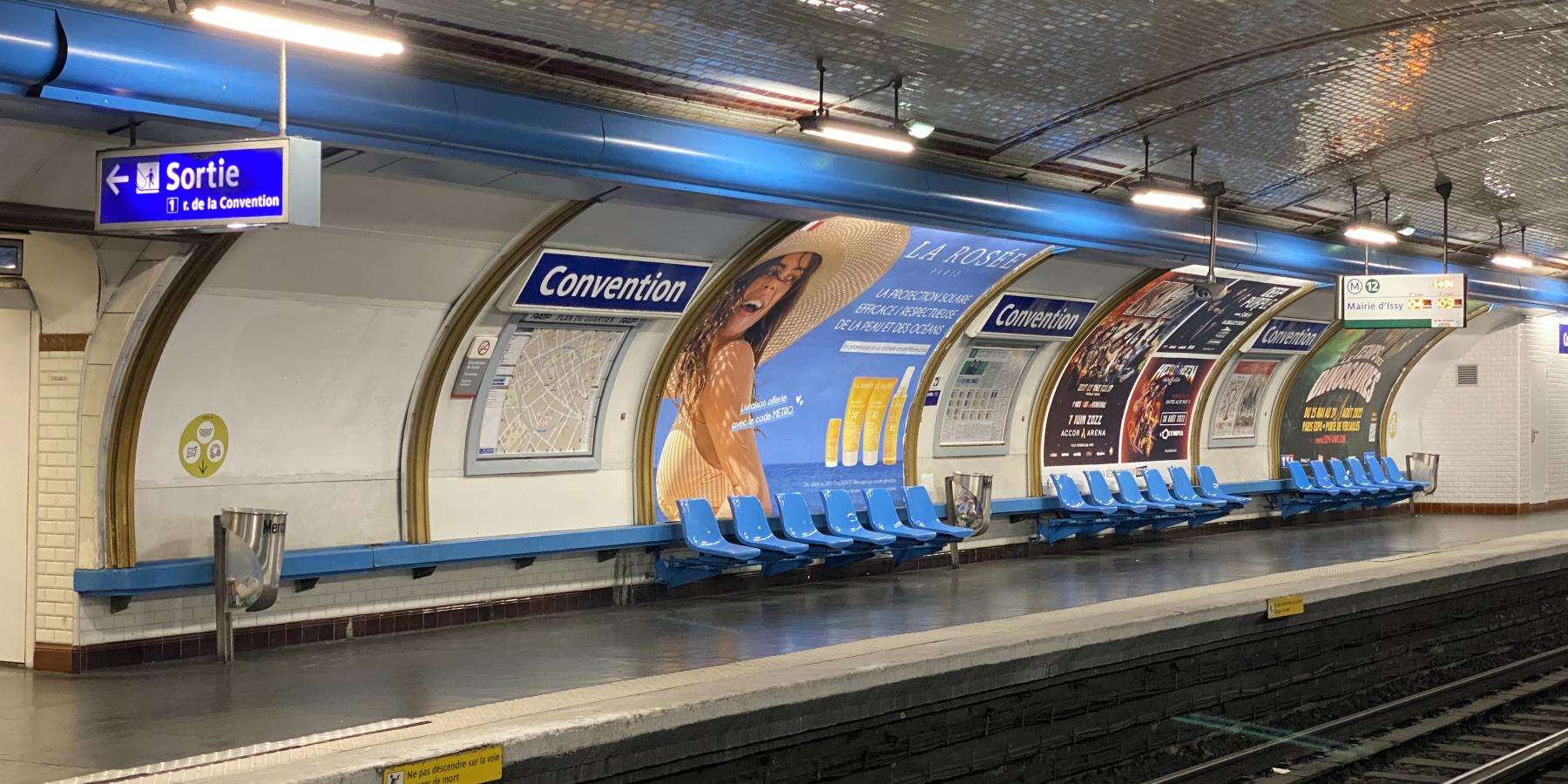
Sandhya Ganapathy, Ph. D.
In a course on-campus, I presented a project about the ways in which spatiality is designed to uglify behavior and/or bodyminds. In the course we studied “ugly laws,” which is a term that has “become the primary way to refer to [...] laws, which targeted the overlapping categories of the poor, the homeless, vagrants, and those with visible disabilities” (Schweik & Wilson 2015). The laws, as written by Century Disability, “attempted to prohibit individuals with physical deformities from visiting public spaces, perpetuating historic conflations of disability with ugliness”. Susan M. Schweik and Robert A. Wilson similarly note, “[s]o-called ‘ugly laws’ were mostly municipal statutes in the United States that outlawed the appearance in public of people who were, in the words of one of these laws, ‘diseased, maimed, mutilated, or in any way deformed, so as to be an unsightly or disgusting object’ (Chicago City Code 1881)” (2015). While most people would likely claim ugly laws no longer exist, following other Disability Studies scholars (Schweik 2007, Taylor 2015), I approached ugly laws not simply as historical formal legal policy, but also as contemporary cultural mandates that influence how cities are currently conceptualized, designed, and managed.
Thus, I sought to investigate the ways in which current policies that prevent people who experience houselessness from sleeping in public areas, architecture that prevents people with disabilities from accessing public places, and policing of street access are contemporary ugly laws. In this way, I conceptualized uglification as a structure that demonstrates how the logics of ugly laws permeates our present rather than being a vestige of an unenlightened past – instead, uglification continues to exist in ways that invisibilise or push out marginalized populations.
Initially, for my course, I did a quick and digital study of Copenhagen. However, in wanting to investigate the construction of beauty in sharp contrast to ugly manifest in “iconic” settings around Europe – namely by exploring what or who is made visible or invisible) and unpacking how projects of in/visibilization connect to larger processes of marginalization, oppression, and exclusion in global and contextual ways – I applied for the Tanner Fellowship Grant to travel to some of these cities and explore how their spatialities construct uglify.
For the purpose of the fellowship, I traveled to and around Amsterdam, Brussels, Paris, Barcelona, and Vienna. In an attempt to visualize the selective and alienating spatiality of the cities, I utilized a photographical format to bring the point across; also because I initially foresaw focusing on spatialities such as benches, parks, and museums, all of which can be directly visualized through photography. Although photographs were centralized, in praxis my project turned out to be much more invested in conversations with people I met who organized within and against violent spatiality – and some alternative/disidentified tours of the cities.
Throughout this exploration and introspection, I found that European nations exist paradoxically in benefitting from Eurocentric coloniality of exclusivity and violence while being worldly renowned for their “beauty,” “culture,” and “sophistication” (as aforementioned with Denmark). Under the guise of making (or keeping) cities beautiful, certain people or places are, in sharp contrast, uglified. This often includes a direct heightened focus on tourists (i.e. in Paris and Amsterdam) wherein government projects are focused on “cleaning up” cities through moving the red light district, removing sleepable benches, disallowing protests in popular spaces, and policing houselessness. While it overlaps, it also takes place in a series of, what can be quantified as, structurally violent capacities (i.e. in Copenhagen and Barcelona) where marginalized populations who previously inhabited the inner cities are moved out via gentrification (happening in symbiosis with the ghetto narrative (cite)). Consequently, Ugly Laws permeate European cities in a plethora of ways; purposefully pushing out what is constructed undesirable instead of addressing systemic violence structurally (i.e. through global public health, equity, environmental movements). It creates, in many ways, a common-sense for tourists (like myself) wherein we can visit a space and be alienated from the realities within the spaces we explore – and in many ways participate in the perpetuation and normalization of such logics.
